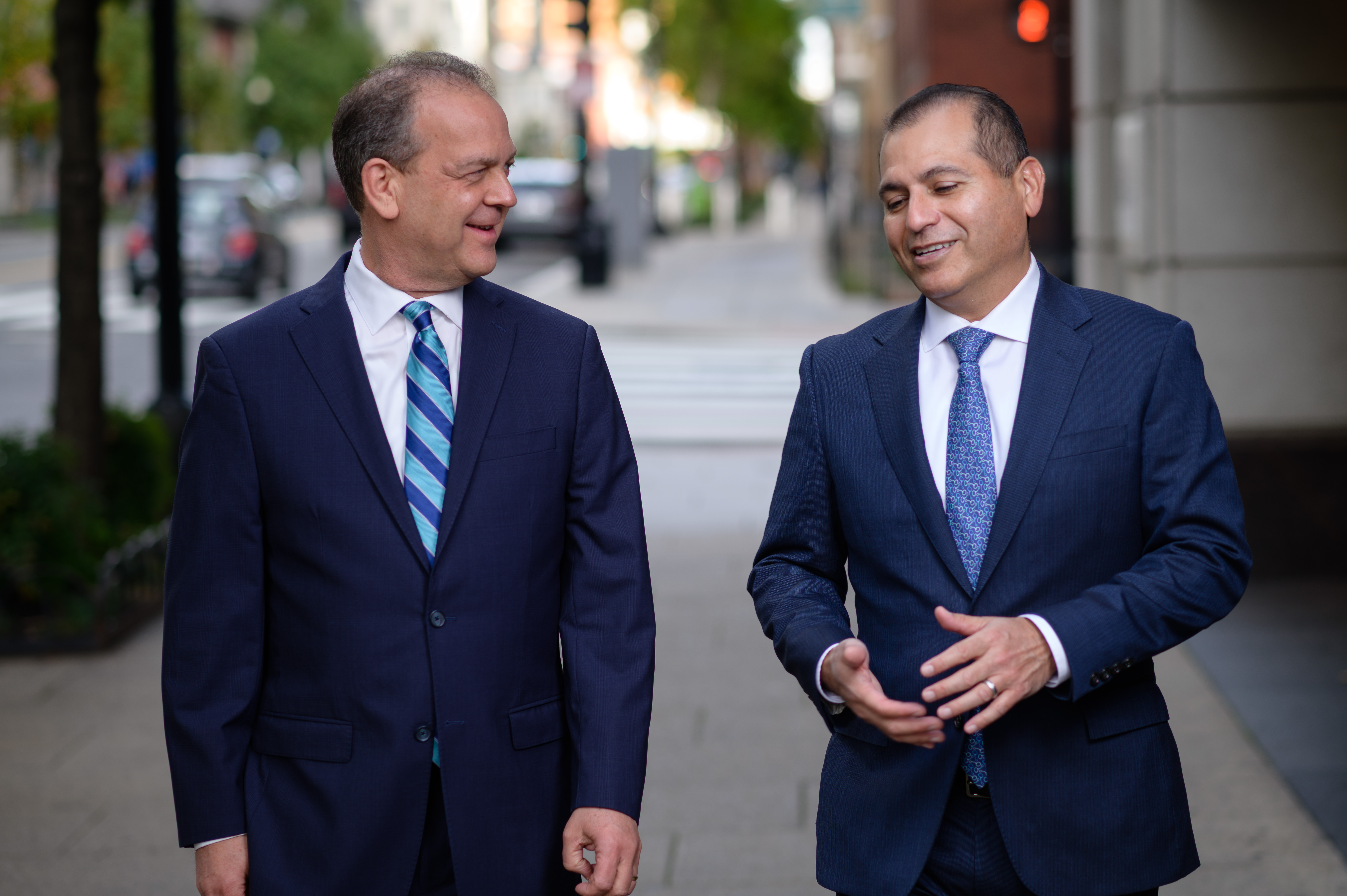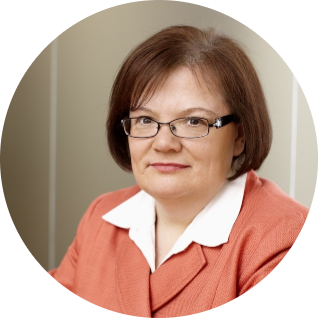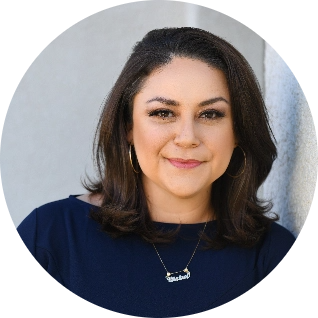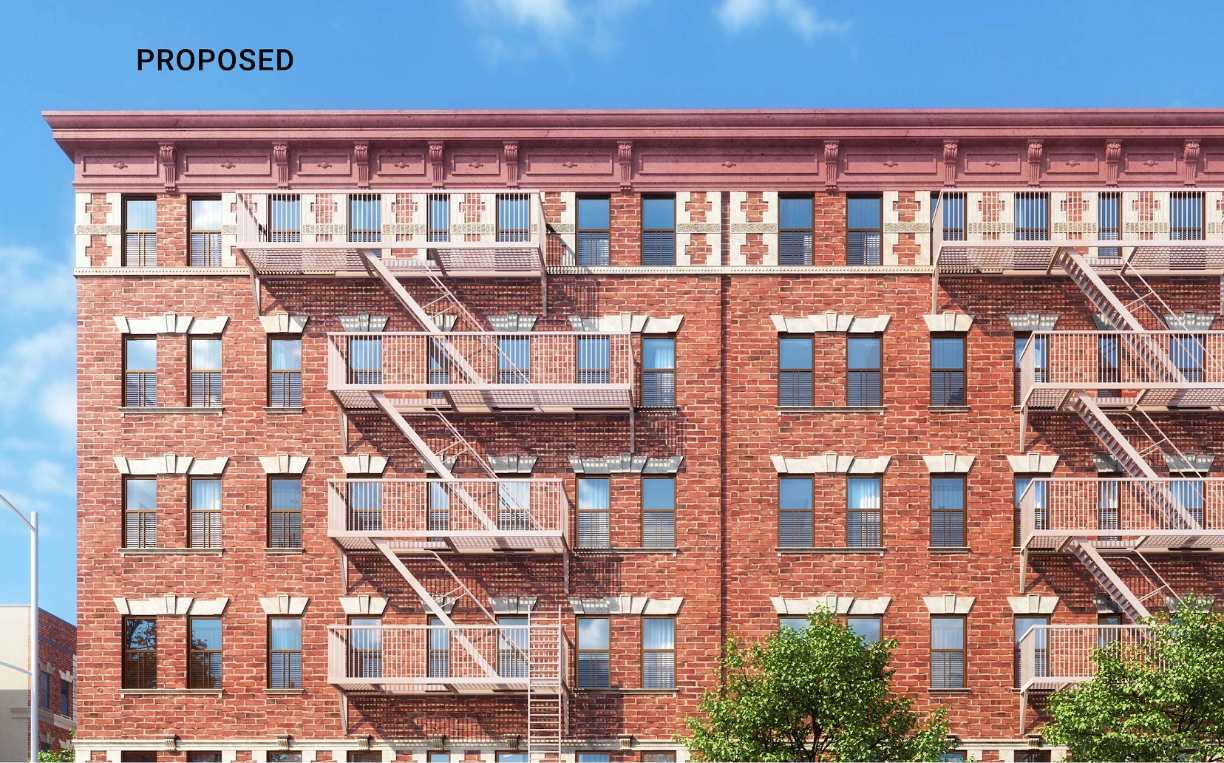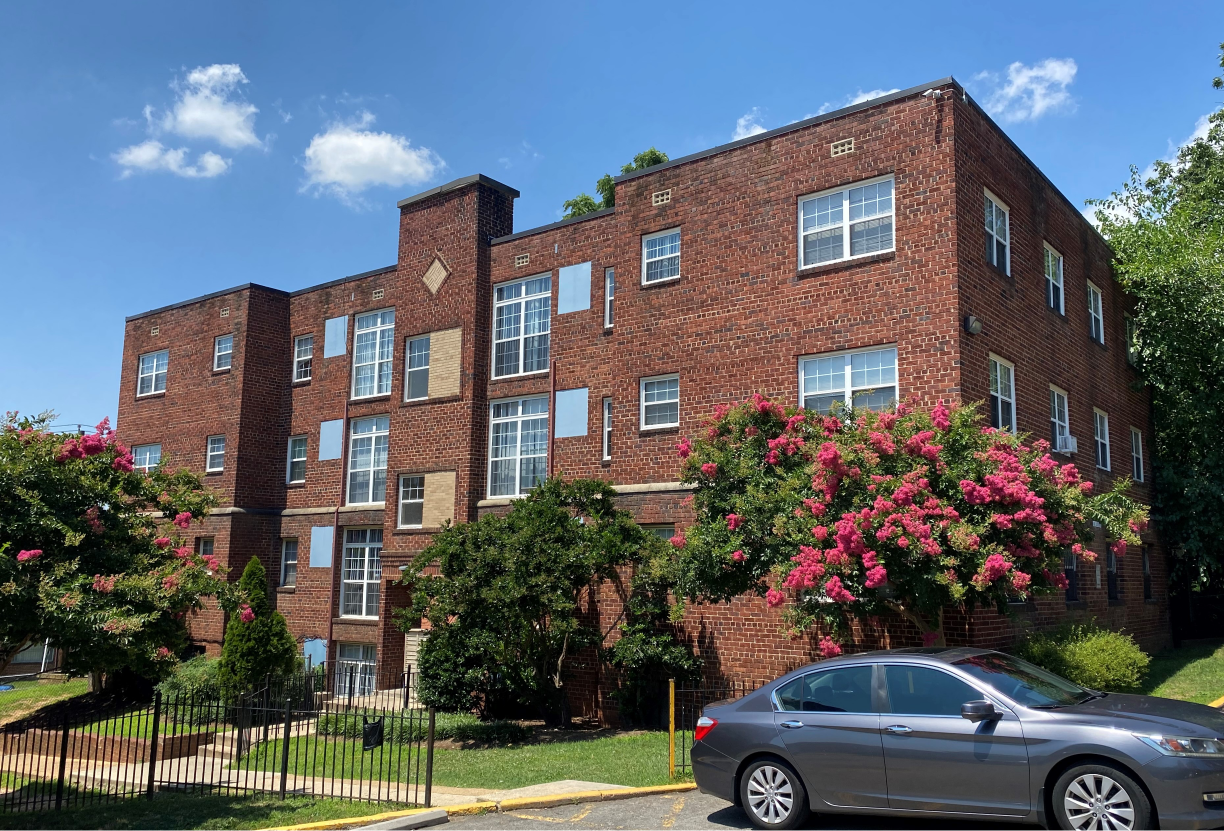
LIIF’s New IRP Framework Centering Impact in Our Lending
LIIF’s strategic pillar of impact-led lending springs from our goal of nimble deployment of capital as the vehicle for effecting deeper impact in the communities we serve. With racial equity center to our mission, LIIF needed to consider where and how our efforts as a CDFI addressed the systemic inequities that create barriers to opportunity for historically excluded communities, particularly Black, Latino, and other people and communities of color. This meant ensuring our lending approach centered impact.
Read the full letter Impact-Led Lending

